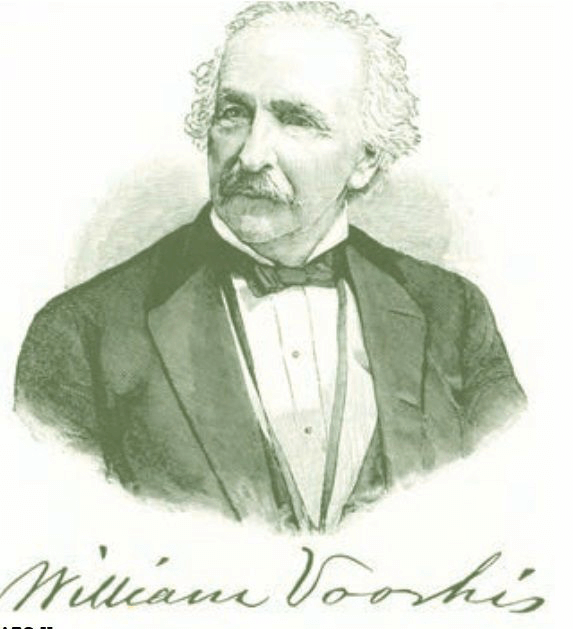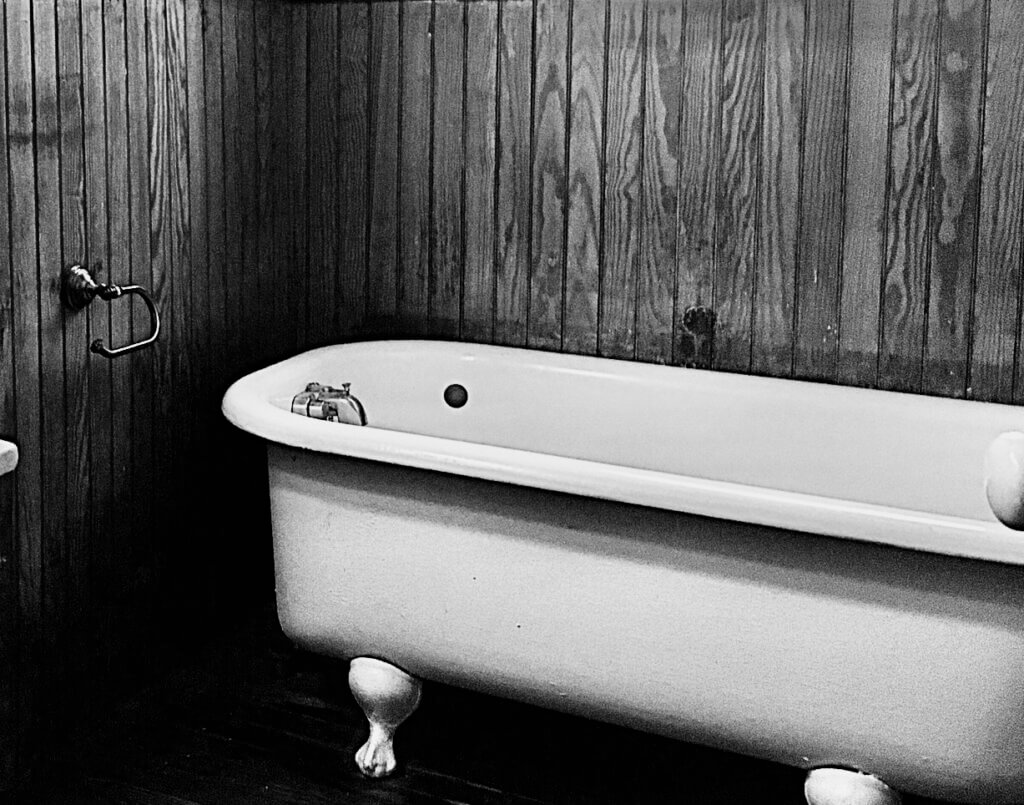In the brisk autumn of 1873, as leaves carpeted the streets of Nyack, a watershed moment unfolded in the history of the town. Hon. William Voorhis, a visionary leader, took the helm as the inaugural president of the Nyack Water Works Company earlier in 1873. This marked the dawn of a new era for Nyack, a turning point in its quest for a reliable water supply.
Before this Thanksgiving announcement, households relied on their own wells or shared ones, often uncomfortably close to their privies. The Nyack Water Works Company offered a lifeline, introducing the idea of public water drawn from local reservoirs. However, pioneering this endeavor came with a steep price tag, even by today’s standards.
Unearthing the Aquatic Reservoirs

While John Onderdonk may have been the first to supply piped water in Nyack, it was William Voorhis who took the initiative to establish the Nyack Water Works Company. He spearheaded the construction of the gravity-fed reservoir near Perry’s Pond in South Nyack, ensuring a reliable water source for the burgeoning community. Two additional reservoirs soon followed suit, a testament to the increasing demand for this vital resource.

Seamless Connections
To tap into this newfound water source, homeowners and businesses had to apply in writing. Consumers were entrusted with the responsibility of burying pipes deep enough to prevent freezing. The water company furnished taps to plumbers for connection to the main, emphasizing the importance of stopcocks near the curb. Watertight closets were a must, while street sprinklers and garden hydrants were welcomed. Yet, caution was urged against using water to cleanse the streets of dust.
Navigating Costs for Families and Businesses
Families of five could secure a connection for $20 annually, with an additional $2 for each extra member. A family bathtub incurred a $5 fee, as did a water closet. A garden tap was an extra $5. This seemingly reasonable sum would amount to $900 today. Meanwhile, businesses faced a tiered pricing structure, with hotels at $50 and boarding houses at half the rate. Each additional amenity incurred an extra charge, ensuring a nuanced approach to service costs.

Free Flow for Humans and Horses
In a benevolent gesture, the water company provided several free taps for both humans and their equine companions. During the sweltering summer months, a chilled tap at the Main Street office beckoned, its icy reservoir offering respite. A tin cup, ever-ready for public use, adorned the tap.
Ripples of Water Quality Concerns
From its inception, water quality was a recurring concern. Despite rigorous testing, doubts persisted. In 1891, Dr. L. B. Couch of the Nyack Health Board proposed aeration of the water reservoirs. By 1897, complaints echoed through the streets, with reports of fishy odors, woody tastes, and a troubling yellow hue. A filtration system from the New York Filter Company brought some relief, though Nyack still yearned for a comprehensive sewerage system.

Meeting the Swell of Demand
As Nyack burgeoned, so did its demand for water, especially during fire emergencies. In 1883, a steam-driven pump house emerged near the Nyack Turnpike bridge, drawing water from the Hackensack River. By 1895, even this wasn’t enough, especially during the summer months when the river’s flow waned. The company drilled three wells, delving 30+ feet deep near the Hackensack River, aiming to reduce reliance on the river’s direct source.

Turning Tides: From Private to Public
The crescendo of discontent reached its peak in 1897, prompting the village to vote in favor of a water bond. This momentous decision paved the way for the acquisition of the private company and a subsequent transformation. In 1905, the Board of Water Commissioners unveiled a water treatment plant at the Hackensack River pumping site, solidifying the shift from private to public water service.
A Thanksgiving Triumph
Thanksgiving 1873 bore witness to a special blessing for Nyack. The era of private wells, once fraught with uncertainty, faded into history. Families reveled in the luxury of baths drawn from taps and indoor water closets. Though not without its challenges, the outcome was unmistakable: a cleaner, brighter Nyack.
Michael Hays is a 35-year resident of the Nyacks. Hays grew up the son of a professor and nurse in Champaign, Illinois. He has retired from a long career in educational publishing with Prentice-Hall and McGraw-Hill. Hays is an avid cyclist, amateur historian and photographer, gardener, and dog walker. He has enjoyed more years than he cares to count with his beautiful companion, Bernie Richey. You can follow him on Instagram as UpperNyackMike








